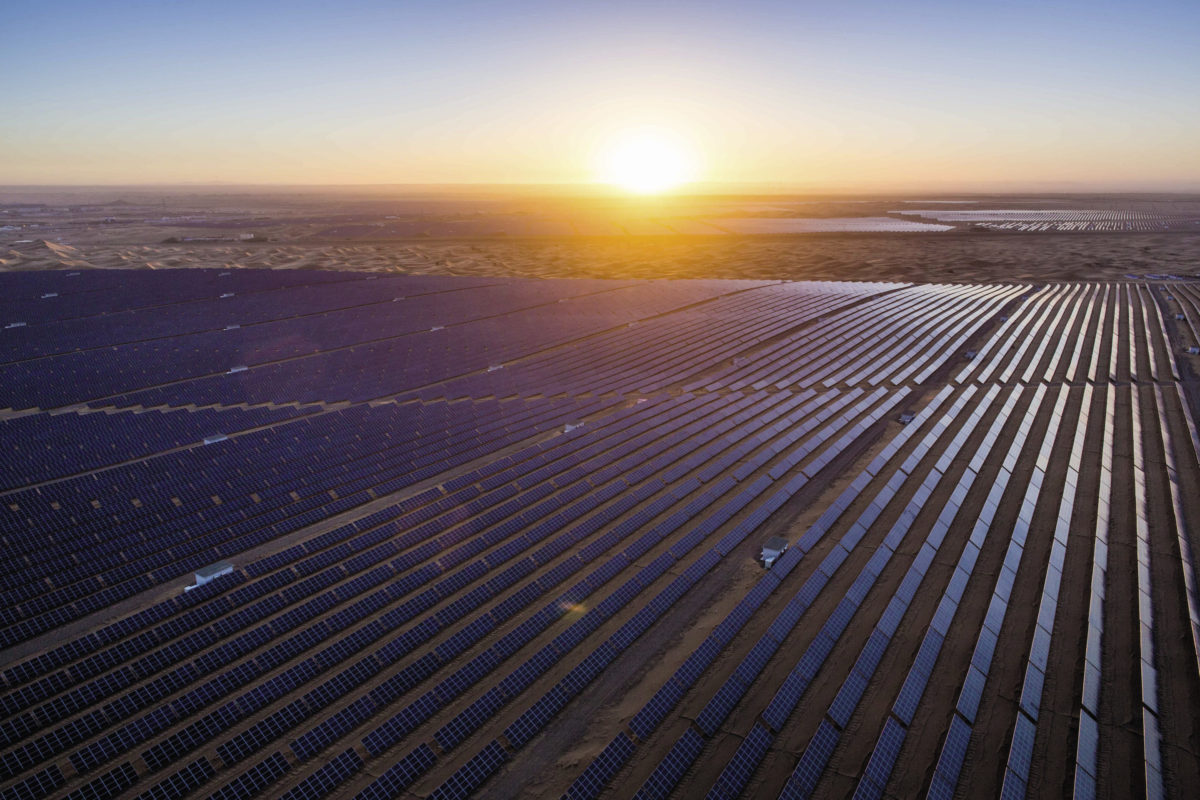The general structure of the PV subsidy regime is quite complicated, but generally the same as that published in 2019, which was a compromise of several parties.
China’s Ministry of Finance (MOF) has determined the total subsidy for PV in 2020 to amount to about CNY1.5 billion (US$214 million). CNY500 million of this is allocated for residential rooftop PV and CNY1 billion is for bidding projects, including distributed PV and utility PV projects. Compared with last year, the subsidy budget was slashed by 50% from last year’s CNY3 billion.
China’s National Energy Administration (NEA) has set forth the permitting rules for the construction of PV projects, including the bidding system for both distributed PV and utility PV projects that want to get financial support from the central government. For each province, the NEA has determined when and how PV developers should submit their subsidy bids; how these projects are ranked; and which will win.
The most important recent development are the guided electricity prices for projects in the utility scale and distributed PV segments, which were released by NDRC just last week and contributed the last piece of the puzzle. In 2020, the guiding prices for utility PV dropped by CNY0.05/kWh to CNY0.35, 0.40 and 0.49/kWh for zones #1, #2 and #3. The subsidy for residential PV and some distributed PV dropped sharply by CNY0.1/kWh and CNY0.05/kWh, respectively, with decreases of 50% and 56%, respectively.
Popular content
There is another factor, which may limit the final 2020 installation amount and which has not been mentioned much so far, and that is the absorptive capacity of the grid. News from China’s two gridcos, State Grid and China Southern Power Grid, that provincial statistics are being aggregated, reviewed and audited by the China Power Planning and Design Institute, points to new absorptive capacity of around 35-40 GW for the country’s power grid.
Now the ball is in the court of PV market participants in China. By June 15, all planned projects have to be submitted to NEA’s provincial branches to be considered in the central government’s bidding system operation. Residential PV does not need bidding and can start construction immediately. There are around eight months left, which is plenty of time for them to finish by the end of this year. All grid-parity projects that do not require any subsidy at all are still encouraged and have to file and report to local NEA branches by the end of this month.
China’s massive solar PV industry can finally get to work on domestic projects now that regulatory clarity has been provided by the authorities in Beijing.
This content is protected by copyright and may not be reused. If you want to cooperate with us and would like to reuse some of our content, please contact: editors@pv-magazine.com.


My dream is to have a solar power fields like yours though I am still an upcoming company in this industrial world